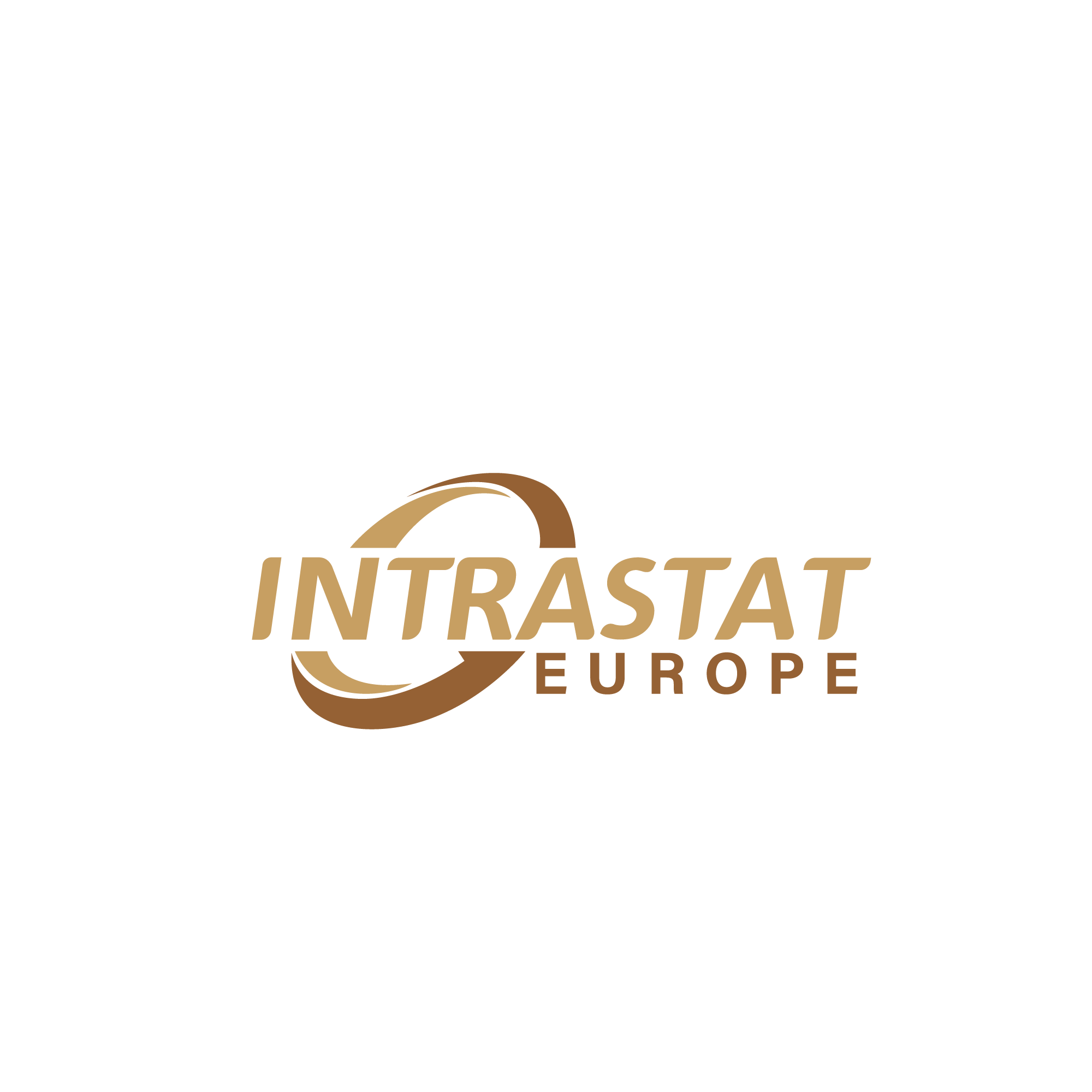CBAMAs of January 1, 2026, the European Union’s Carbon Border Adjustment Mechanism (CBAM) will move from its transitional phase into full operation—marking a significant shift in how carbon-intensive imports are regulated. For companies exporting goods such as iron, steel, aluminum, cement, fertilizers, hydrogen, and electricity to the EU, CBAM compliance is no longer optional—it’s a business imperative.

CBAM is a core component of the EU’s Green Deal and Fit for 55 climate package. It’s designed to tackle carbon leakage, where companies shift production to countries with laxer climate policies. By imposing a carbon price on selected imports, CBAM creates a level playing field between EU producers—who are already subject to the EU Emissions Trading System (EU ETS)—and foreign exporters.
During the transitional period (October 2023 to December 2025), importers are required to submit quarterly reports detailing the embedded greenhouse gas (GHG) emissions in their imported goods, but no financial payments are yet due. However, starting in 2026, importers must purchase and surrender CBAM certificates to offset the emissions embedded in their products.
Key Issues and Industry Challenges
CBAM compliance introduces several challenges for companies:
– Accurate data collectionand emissions calculations across complex supply chains
– Need for standardized reporting systemsand trained staff
– Verification requirements by accredited third-party bodies
– Risk of penalties or border delays for incorrect or missing declarations
Early preparation during the transitional phase is essential to avoid operational and financial risks in 2026.
EU vs UK CBAM: What’s the Difference?
With the UK also announcing its own CBAM, businesses operating in both regions must prepare for dual regulation.
Key differences include:
– Start Date: EU CBAM takes full effect in 2026, while the UK CBAM is expected to launch in January 2027.
– Coverage: While both regimes target similar sectors (steel, aluminum, cement, fertilizers, hydrogen), the UK is expected to include ceramics and glassfrom the outset.
– Carbon Pricing Systems: The EU uses the EU ETSas its reference, while the UK’s version will align with the UK ETS, which has its own price volatility and regulatory nuances.
– Reporting Obligations: EU importers already face quarterly reporting duties. The UK is still developing its procedures, and details on verification, data thresholds, and compliance windows are expected later this year.
Companies exporting to both regions will need tailored strategies to remain compliant and competitive in both markets.
How We Can Help
Our end-to-end CBAM compliance services help businesses prepare, report, and verify with confidence. We offer:
– GHG Emissions Data Collection & Embedded Carbon Calculations
– Full CBAM Report Preparation & Digital Submissions
– Support for Accredited Third-Party Verification
– Dual EU/UK Compliance Strategy & Supply Chain Advisory
– Staff Training & Documentation Assistance
We stay current with every update from Brussels and London—so you don’t have to.
Get CBAM-Ready Today
Don’t wait until the final quarter of the transitional phase. Contact us now for a free consultation and let our experts assess your CBAM readiness. Whether you’re dealing with EU regulations, preparing for the UK launch, or navigating both, we ensure you stay compliant, resilient, and ahead of the curve.
